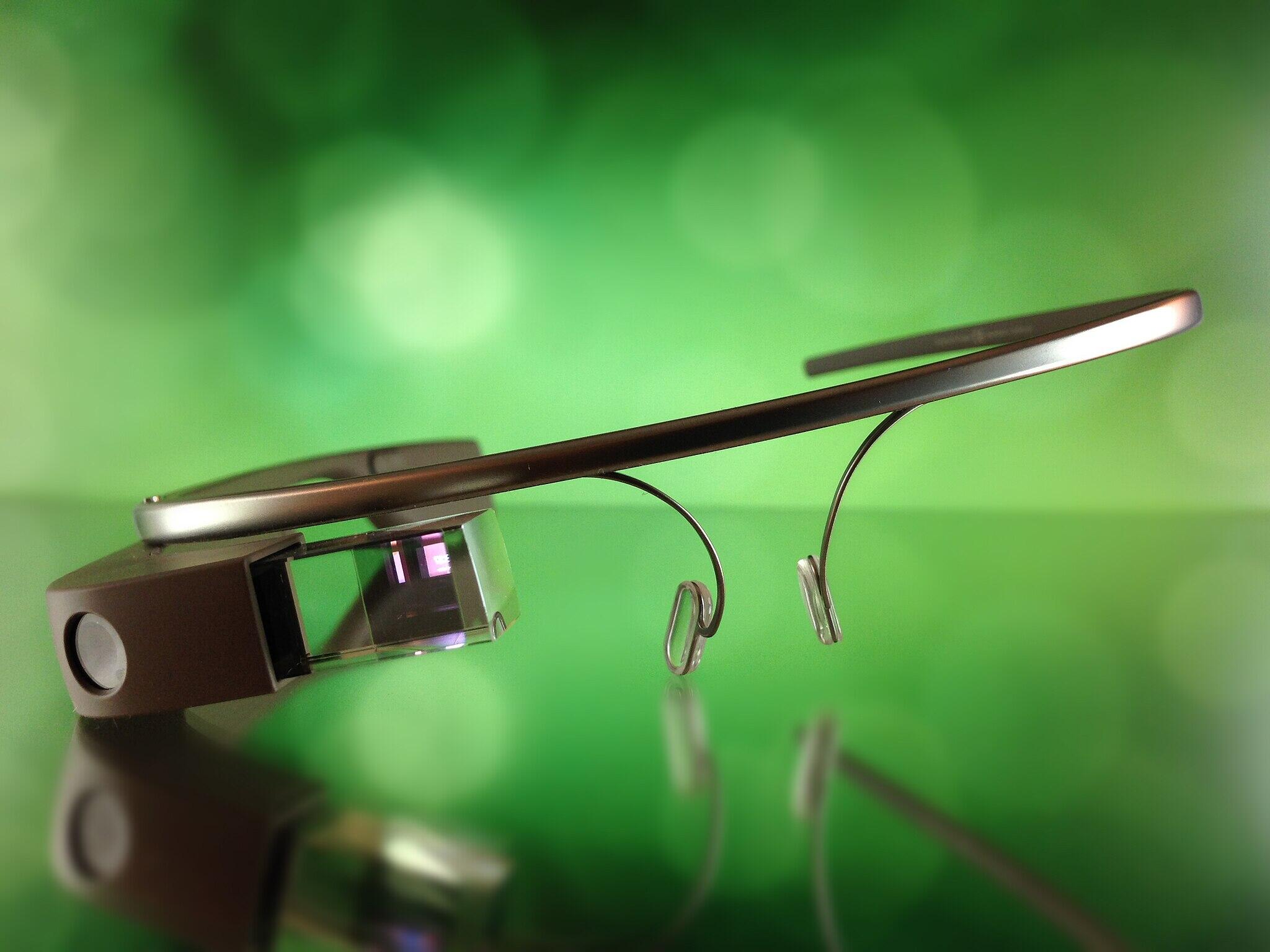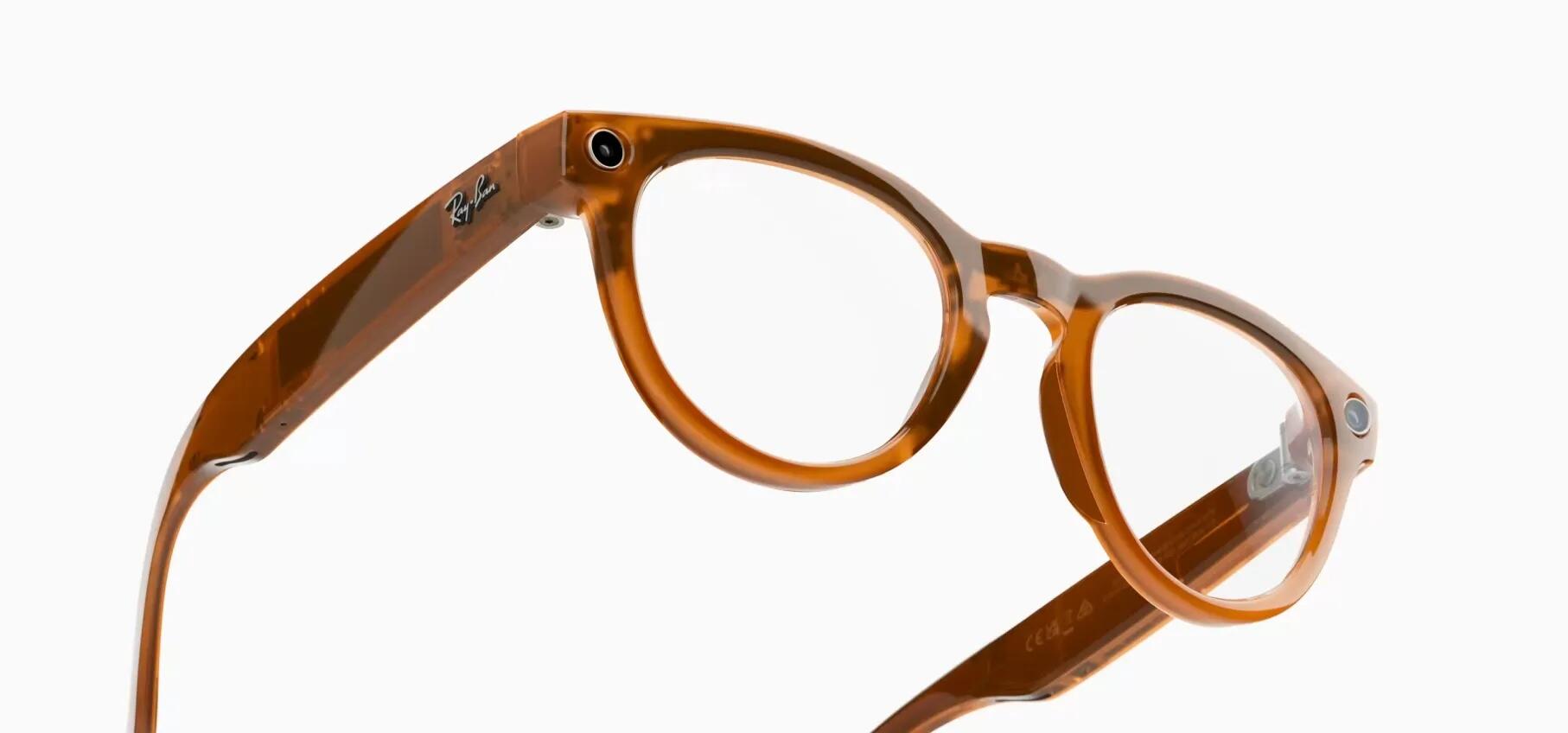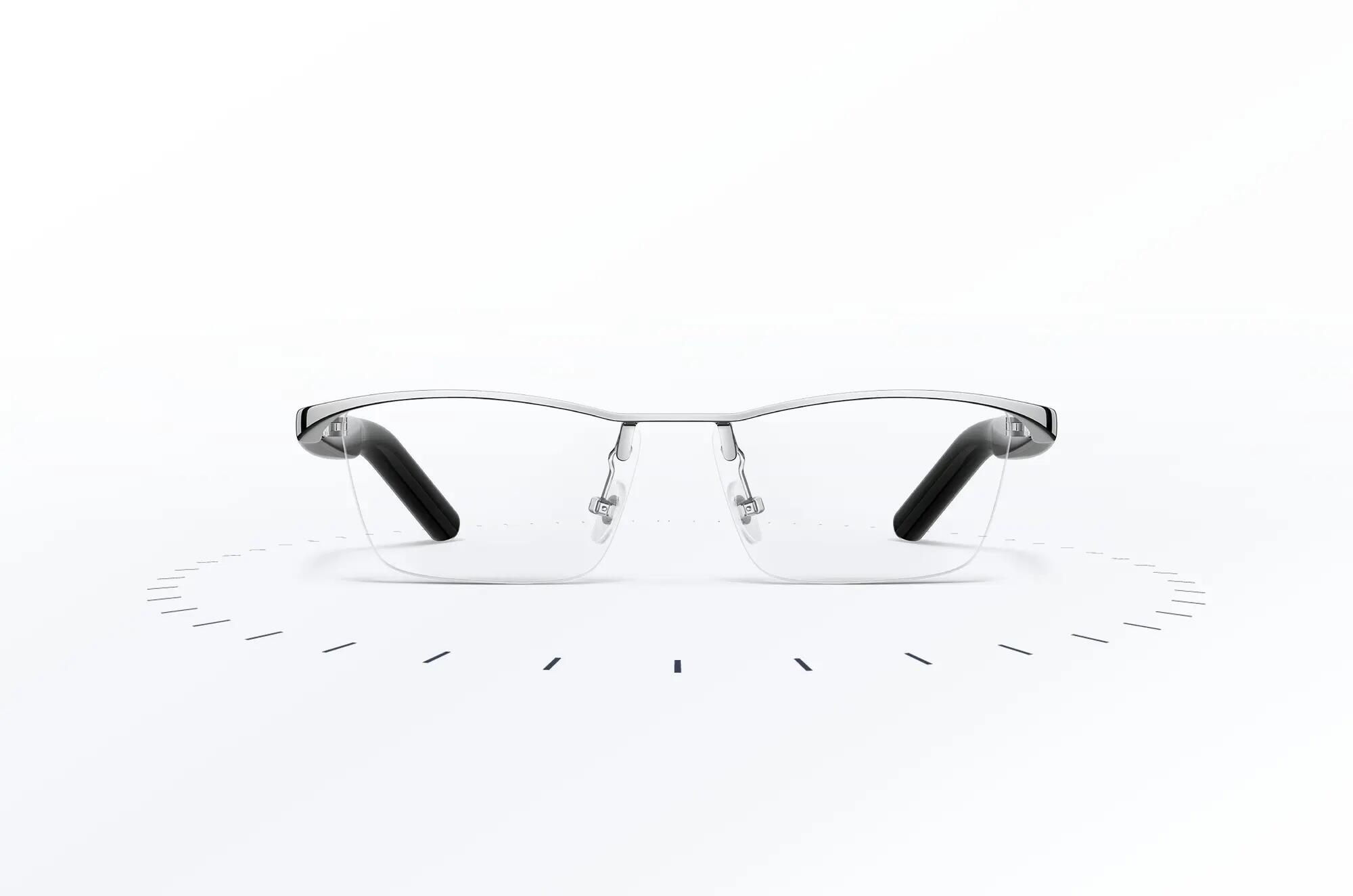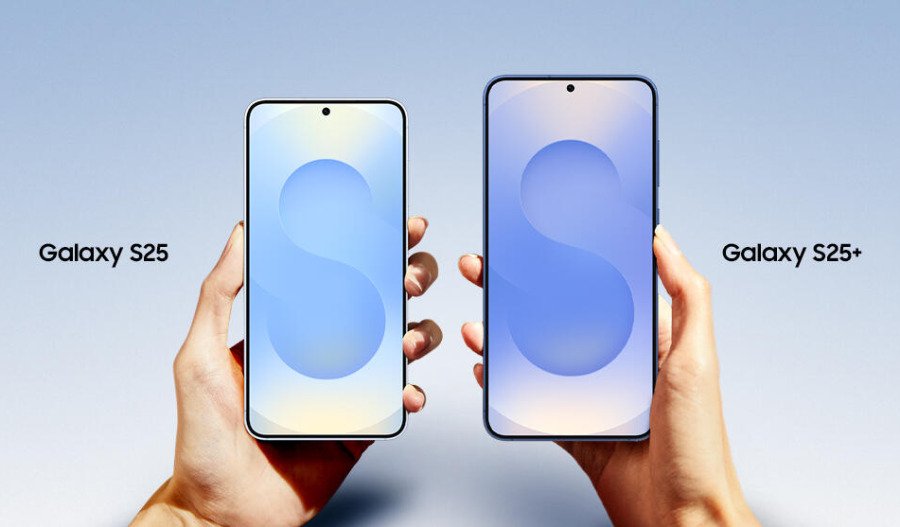The smart glasses market has changed in the blink of an eye.
Despite early devices like Google Glass never gaining popularity, the industry has grown significantly in recent years with the release of smart glasses by companies like Meta and Huawei.
Last year, Google introduced a new operating system for smart glasses and headsets. Meta and Ray-Ban’s smart glasses saw a slew of enhanced features, including greater artificial intelligence implementation.
Worldwide, the smart glasses market is now nearing US$1 billion, and its value could almost quintuple by the end of the decade.
Samsung and Google are reportedly collaborating on an innovative smart glasses device this year. A revised edition of Meta’s glasses is due by the end of 2025.
Google and Samsung’s evolving vision
Google is reportedly partnering with Samsung to release an updated smart glasses device. This is following the release of Google’s Android XR operating system in December.
Android XR, designed for smart glasses and augmented reality headsets, will host Android and Google apps on these devices. Google has also introduced a preview version, to encourage developers to create new apps.
“Android XR will first launch on headsets that transform how you watch, work and explore. The first device, code named Project Moohan and built by Samsung, will be available for purchase next year,” said Shahram Izadi, Google’s vice president of XR and AR.
The Project Moohan headset was briefly shown at this month's Samsung Unpacked event, and will use a new version of Qualcomm's Snapdragon XR2 chipset. A separate Samsung-Google smart glasses device was also set to be revealed at Unpacked ahead of a release in 2025's third quarter, according to South Korean news agency Yonhap, but this has yet to materialise.
The glasses will not include a display, Yonhap said, but will incorporate Google’s Gemini AI features.
Samsung first said in 2023 that it was developing augmented and mixed reality devices in partnership with Google and Qualcomm. “For the chipset, it is going to be a strategic collaboration with Qualcomm. The hardware will be us,” said Samsung Mobile eXperience president TM Roh at the time.
Google’s first venture into the smart glasses sphere was its Google Glass device, released to the public in 2014. Google Glass included a small screen and camera inside its glasses, and could take photos, display users’ schedules, and search Google.
Due to its high price, low battery life, and finicky voice control features, Google Glass was discontinued for general use after less than a year on the market. The company later released an Enterprise Edition of Google Glass, targeted at manufacturing and logistics, but this too was discontinued in 2023.
Azzet has contacted Samsung for comment. A Google spokesperson declined to comment.

Meta and Ray-Ban refocus on AI
Meta first partnered with Ray-Ban in 2021 to release a line of smart glasses, featuring in-ear speakers, cameras, and an artificial intelligence assistant. A follow-up model in 2023 outsold the original version after a few months.
“2024 was the year AI glasses hit their stride. When we first started making smart glasses in 2021 we thought they could be a nice first step toward the AR glasses we eventually wanted to build,” Meta CTO Andrew Bosworth said last month. “While mixed reality headsets are on track to becoming a general purpose computing platform much like today’s PCs, we saw glasses as the natural evolution of today’s mobile computing platforms.”
Meta’s smart glasses are the top sellers in 60% of Ray-Ban stores in Europe, the Middle East, and Africa. This is according to Stefano Grassi, CFO of Ray-Ban’s parent company EssilorLuxottica.
Meta released a major firmware update for these glasses in December. This update added artificial intelligence features that will let users continuously speak to and share video with Meta’s AI. The glasses are now able to display live translation.
“The biggest thing we’ve learned is that glasses are by far the best form factor for a truly AI-native device,” Bosworth said.
A new version of Meta’s smart glasses is due in late 2025, and will feature a screen.
Meta is also reportedly testing an upcoming smart glasses device, codenamed Orion. This would include a holographic display and a wristband that allows users to navigate the glasses’ menus with hand gestures. However, Orion prototypes currently cost US$10,000 to produce, and a release is not expected until 2027.
Azzet has contacted EssilorLuxottica for comment.

A wide-angle lens
The global smart glasses market reached US$878.8 million in 2024, according to Research and Markets, and is projected to grow to $4.12 billion in 2030.
Apple released its Vision Pro headset in 2024. The Vision Pro allows users to view their surroundings through a set of cameras, and can also display apps and internet-based features in the outside environment. However, it is significantly larger and heavier than Meta’s smart glasses.
The Vision Pro began as smart eyeglasses, but redeveloped into a headset due to technological challenges.
Huawei launched its Eyewear 2 smart glasses in 2024. Eyewear 2 includes touch controls, and interfaces with Android and Apple devices.
Smaller companies specialising in smart glasses have also emerged, such as Rokid and Halliday. Both Rokid and Halliday's augmented reality glasses feature display screens and real-time translation functions. Halliday's smart glasses will launch in March.

Related content



